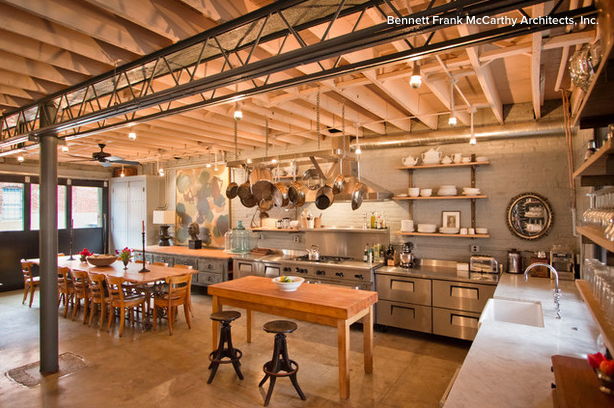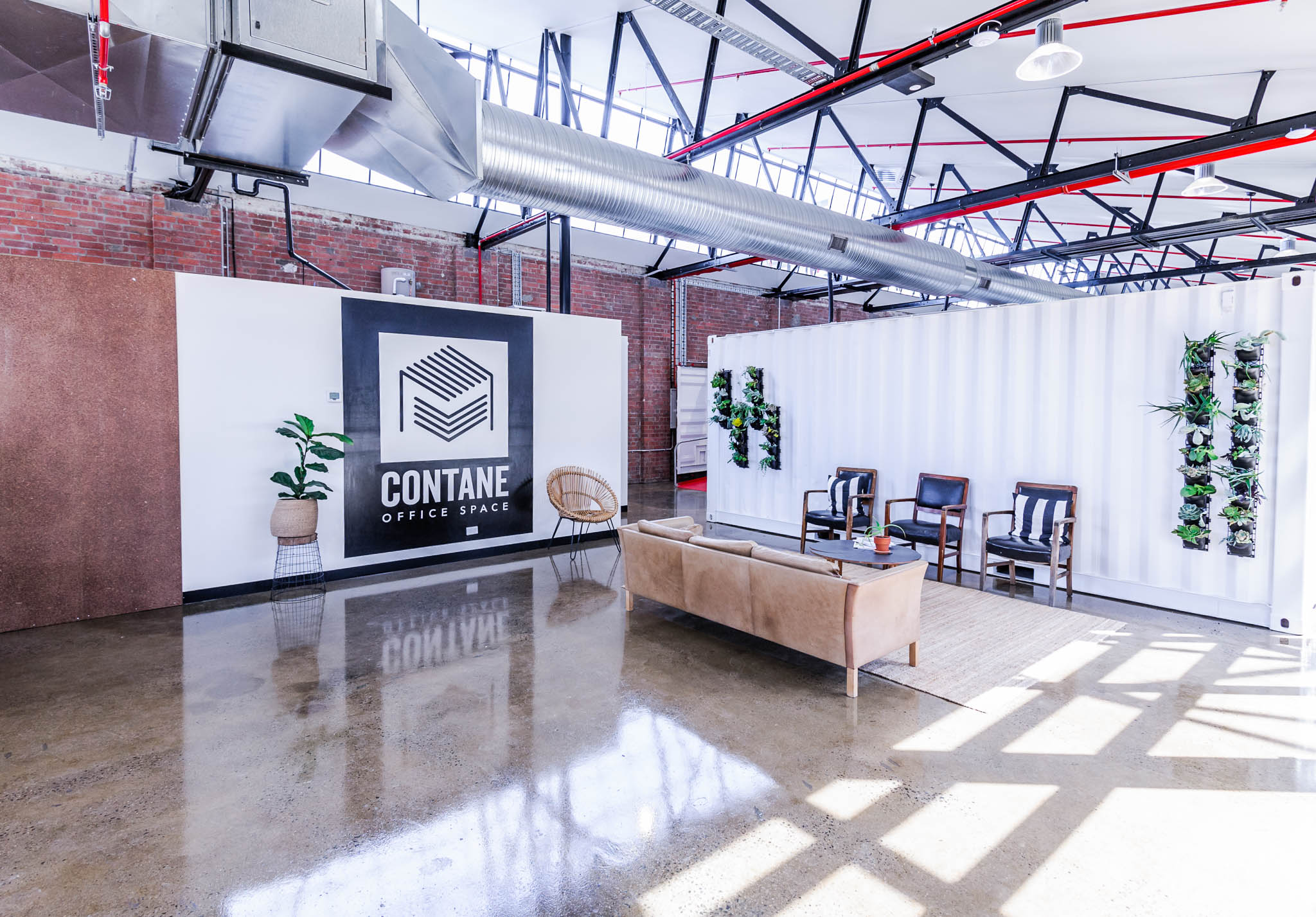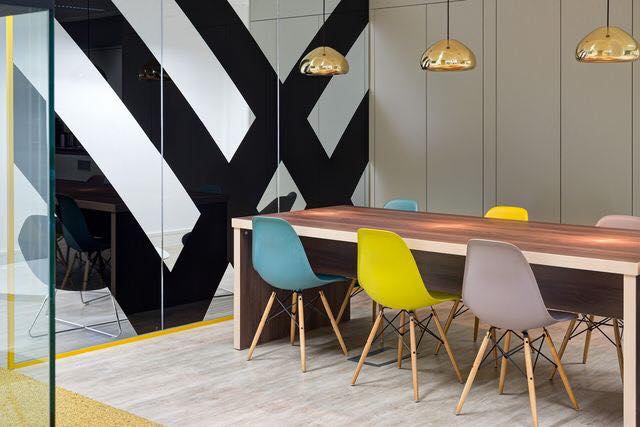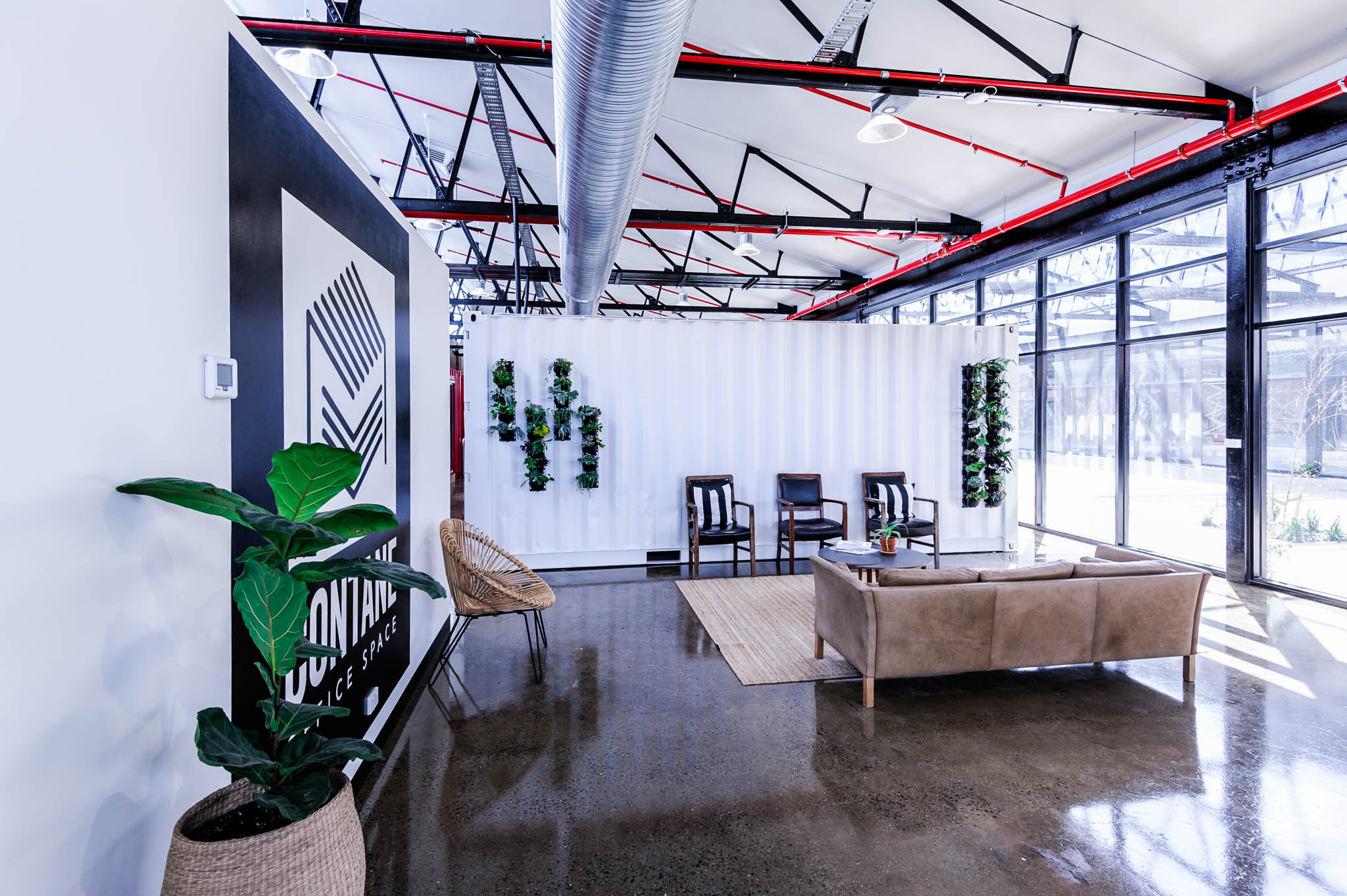Warehouse conversions are becoming ever so popular in the house and business world. Architects are regularly on the hunt for innovative show stopping ideas for properties, especially in the luxury homes sector. Gone are the days of mundane display home ideas-- people want something different and this is the solution. With industrial looking warehouses you can aim for the rustic, historic or modern look so these conversions can fit a number of tastes and personalities.

Photo Credit: Houzz
The idea of warehouse conversions originated after the 'bohemians' style came to prominence in New York in the 1960s. At the time this was primarily due to affordable nature of these spaces however, these spaces have now become some of the most luxurious spaces to create a home. Some have even become million dollar homes.
The perfect example
Contane in Geelong at Federal Wool Mills is the perfect new example of a warehouse turned business property/office space. Contane Geelong is the epitome of innovation. They took that extra step and ventured away from the straight out warehouse conversion and instead opted for recycled shipping containers. The property features a line up of thirty private shipping containers all within an industrial warehouse. Each container is furnished and 'business ready' for businesses to rent.

Photo credit: Contane
Steve and Camilla Connoley, the innovators behind Contane, told Next Address that Steve's years of being a barber in Geelong involved hearty conversations with frustrated professionals on the look for an imaginative, convenient space to hold meetings and to work, that were not typical and boring. When the opportunity arose in Geelong with the Federal Wool Mills development, Steve and his artist partner Camilla put their entrepreneurial flair into action, with the result that is both mesmerizing and original. "I noticed a big market for people not wanting to commute, or pay high rents but at the same time have the convenience of a lockable space rather than the typical divider style shared space on offer. Working from home for many people can be isolating and difficult. So to have an affordable, flexible space on offer, from a single office to a conference room without any strings or memberships, seemed to fit the gap in the market" says Steve. Steve adds that the old classic building model can be quite luxurious when fitted out, with elements like polished concrete with a gallery style feel is appealing.

Photo credit: Contane
"Warehouses were built to scale near train lines, ports and easy to access transport, and this now translates into convenient locations for commuters," says Steve. Warehousing often has matching free car parking options too, which was another added benefit of the Wool Mills project. When Next Address asked Steve his top tip for warehouse conversions, his response was to check the zoning. "Often warehousing has an industrial business zoning, not for residential. So while a warehouse can be an amazing space to live, the zoning often does not match, so before considering converting, check with your local council on the zoning possibilities and restrictions."
What to keep in mind
Size: When a warehouse will be the location of a home it is sometimes best to look for something that is not too large, as the size can become a problem when transforming into a 'homely' place to live. Yet, for a property that will be a business you can go for a larger size especially if this will be split into offices.

It's all about the undertones: You need to keep in mind what base colour schemes will work for the space. A safe choice is to go for cool undertones eg. pale grey and white as these can be matched with a variety of colours. The later additions of splashes of colour will help warm up the area and add depth.
Expert Advice: Remember to have an expert architect or builder on hand from the beginning so you can be aware of what needs to be done to the property, this will also give you an understanding of associated costs.
Problems to avoid
Cost: Don't expect for the transformation to be cheap, this was the case back when warehouse conversions began but these days these transformations can be costly so make sure you have the budget for it because you don't want to be left disappointed.
Structural Issues: Warehouses are not made to be lived in and in some cases if the warehouse shell is not appropriate the conversion cannot occur. This is why it is important to have an architect on hand when looking at the shells because they will be advise if properties are suitable from the get go.



